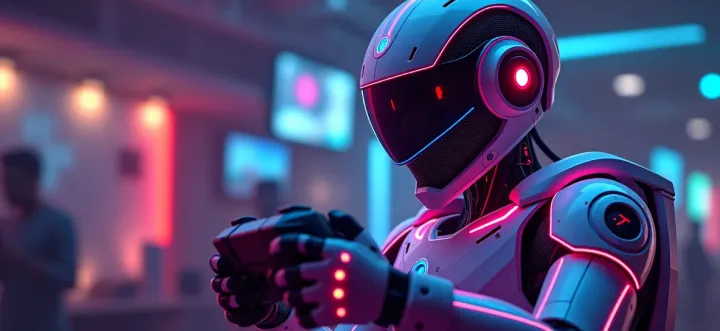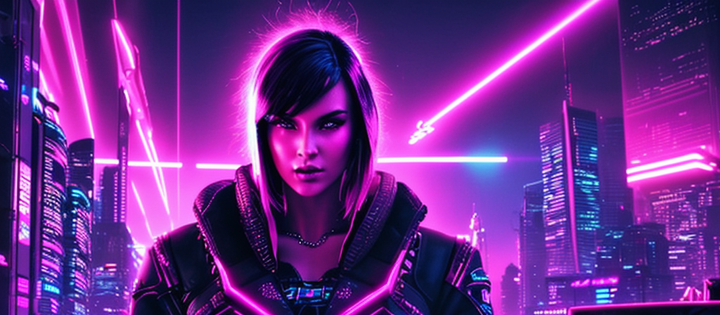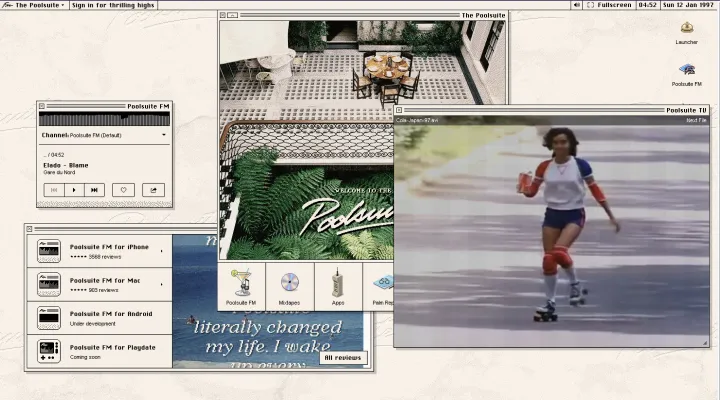The 2-XL: The Revolutionary Educational Robot of the 70s
Remember when robots were simple? I'm not talking about today's AI assistants or smart speakers - I'm talking about a brown plastic friend from 1978 that changed how we thought about learning forever.
The 2-XL wasn't just another toy; it was our first glimpse into a future where technology could be our teacher.
Back when Mego Corporation was pumping out action figures and the closest thing to interactive entertainment was playing Pong, they decided to take a massive gamble. In 1978, while most toy companies were trying to figure out how to make the next hot action figure, Mego went all-in on education with a robot that would cost parents around $70 - that's about $250 in today's money, roughly the price of a Super Nintendo at launch.

The genius of 2-XL lay in its use of 8-track tapes, a format that was already starting to fade from car stereos across America. But in the 2-XL, these chunky cartridges found new life. Each one was packed with educational content, from basic math to chess strategies. It was like having a Nintendo cartridge that could actually teach you something useful - though I'm sure many of us learned plenty from trying to rescue princesses.
What made the 2-XL truly ahead of its time was its bilingual capability. While we were still struggling to understand what Mario was saying, this robot could switch between English and Spanish with ease. The name itself - "2-XL" or "Too Excel" - perfectly captured that wonderfully optimistic spirit of late-70s educational technology.

The design was pure retro-futurism at its finest. That sleek brown body looked like something straight out of a sci-fi movie, with its built-in 8-track player positioned like a mechanical backpack. It was as if someone had taken our dreams of robot buddies and made them real - well, as real as the late 70s would allow.
Sure, it had competition. Texas Instruments was out there with their Speak & Spell (which, let's be honest, probably taught more kids to recreate E.T.'s phone home device than actual spelling). But the 2-XL was different. It wasn't just about rote learning; it was about interaction. In an era when most electronic toys could barely manage a few beeps and boops, the 2-XL was having conversations with us.
The rise of home computers and video game consoles eventually spelled the end for our robotic teacher. It's a familiar story - like how the NES eventually made way for the SNES, or how the Commodore 64 gave way to the Amiga. But unlike those transitions, where the technology clearly improved, something special was lost when the 2-XL left our lives.
Today, these robots have become holy grails for collectors. Mint condition units command hundreds of dollars, with rare cartridges treated like precious artifacts. It's not just nostalgia driving these prices - it's recognition of what the 2-XL represented: a moment when technology wasn't just about entertainment, but about making learning feel like magic.
In a world where kids now learn from tablets and smartphones, the 2-XL might seem quaint. But for those of us who grew up in that transitional period between analog and digital, it represents something special. It was our first taste of interactive learning, our first robot friend, and for many of us, our first hint that technology could be more than just a toy - it could be a teacher, a companion, and a window into the future.
The 2-XL wasn't just ahead of its time - it helped create our time. And in an age of AI and machine learning, maybe we could all use a reminder of when robots were simpler, when learning was an adventure, and when the future felt like it was just an 8-track cartridge away.



